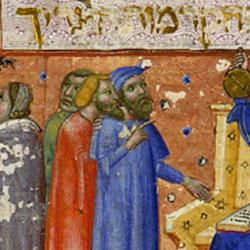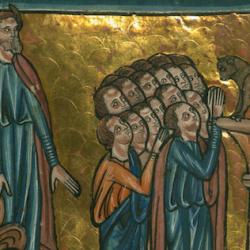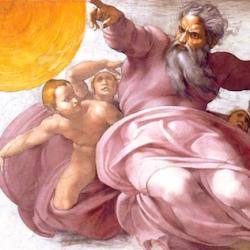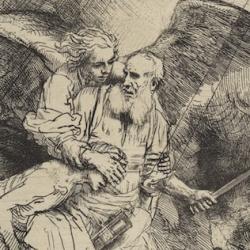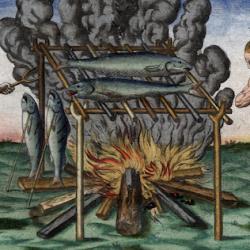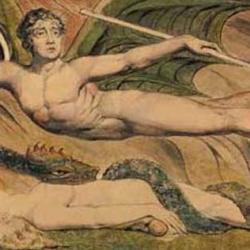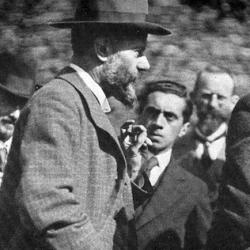During the Second Temple period, the Talmud says, “the temptation for idolatry was slaughtered” (quoted in Haberthal and Margalit, Idolatry, 2). Then the fight returned, with Maimonides. Now, though, idolatry was a contrast-concept to a new conception of God. Halberthal and Margalit summarize: “The central effort of philosophical religion is the attempt to attain a proper metaphysical conception of God. This conception not only is a necessary condition for the worship of God but also constitutes the high point of... Read more

